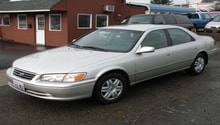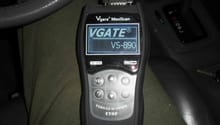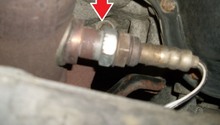Toyota Camry: Check Engine Light Causes
The check engine light is designed to help by warning you that a component of your car's emission system or the engine has failed. Still, the check engine light can be just a minor problem that is easy to repair. Read on!
This article applies to the Toyota Camry (1997-2011).
When the check engine light turns on, it means that there is a problem with the engine. If you want to know what is wrong, you first need an OBD-II Code Reader Tool which will tell you which component is failing. All scanning tools can erase the codes that come up; however, the check engine light will soon return if the issue is not resolved. If you are hard-up for cash, you can visit some of the large auto part chains (AutoZone, Advance Auto Parts, O'Reilly Auto Parts and others) who will read your car's computer and tell you what is wrong, at no charge.
If your car runs fine but the check engine light comes on, you can always reset the light by removing that battery terminals for half-hour. Again, if the problem comes up again, and the light returns, you'll have to visit a repair shop. Remember, the check engine light is there to warn you of impending problems with your car. You can also check the OBD Codes site. This site lists all the trouble codes, explains what they mean, explains what the fuel trims are, and it also has an excellent FAQ area.

Step 1 – Check the gas cap
The gas cap could be off or loose.
Your car's gas cap maintains pressure within the gas tank. It is important that the gas cap should fit snugly so that any gasoline fumes will not be released into the atmosphere. This is the easiest check engine fix.
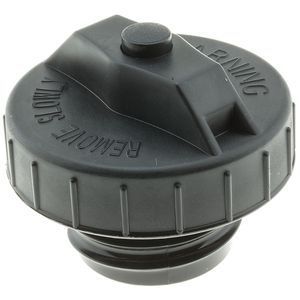
If the gas cap is turned tightly, then continue on to Step 2.
Step 2 – Bad spark plugs and/or plug wires
The spark plugs could be worn or the wires could be defective.
Check your spark plugs and wires if your car has poor performance and is experiencing reduced fuel economy. If you don't change the spark plugs, your car will have progressively worse performance and possible misfires. Worn plugs and wires can cause a clogged converter, ignition coil failure and O2 sensors that no longer work.

If the spark plugs all appear correct and proper, then continue to Step 3.
Step 3 – Check the oxygen sensor
A failing oxygen sensor can cause poor fuel economy and can damage your catalytic converter.
The oxygen sensor performs a critical function in your car's fuel system. It measures the amount of un-burned oxygen in your exhaust system and informs your car's computer accordingly. The computer then measures how much fuel is burned and acts accordingly. If the oxygen sensor is left alone, your car will burn more gasoline, have poor fuel economy and can cause damage to the spark plugs and catalytic converter.

If the oxygen sensor appears okay and is working, then go to Step 4.
Step 4 – Check the catalytic converter
A failing catalytic converter not only causes poor performance but it also causes your car's exhaust to smell pretty bad.
The catalytic converter converts carbon monoxide in the exhaust system into carbon dioxide. A failed catalytic converter will cause poor performance, poor fuel economy, limit engine RPM, and your car will not pass an emissions test. In addition, the car may run at a higher temperature.

If the catalytic converter is okay, then proceed to Step 5.
Step 5 – Failing mass airflow sensor
A failing mass airflow sensor (MAF) causes misfiring, poor fuel economy and poor performance.
A mass airflow sensor measures the amount of air that enters the engine, and then the car's computer determines how much fuel is needed. A faulty MAF sensor will cause your engine to run poorly and can damage your car's spark plugs, oxygen sensor and catalytic converter.
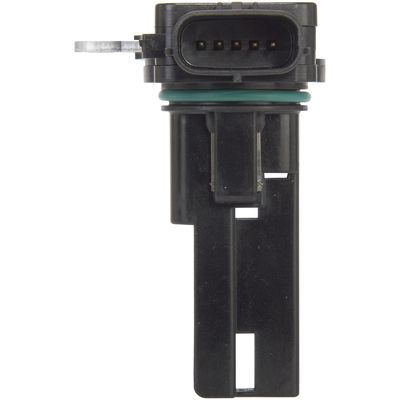
Figure 6. The MAF sensor measures the amount of air that enters the engine.
How to Diagnose Check Engine Causes
Related Discussions
- Toyota Camry Check Engine Light - Camryforums.com
- DIY Toyota Camry Check Engine Light Flashing - Camryforums.com
- Toyota Camry Check Engine Light - Camryforums.com
- Toyota Camry Check Engine Light - Camryforums.com

